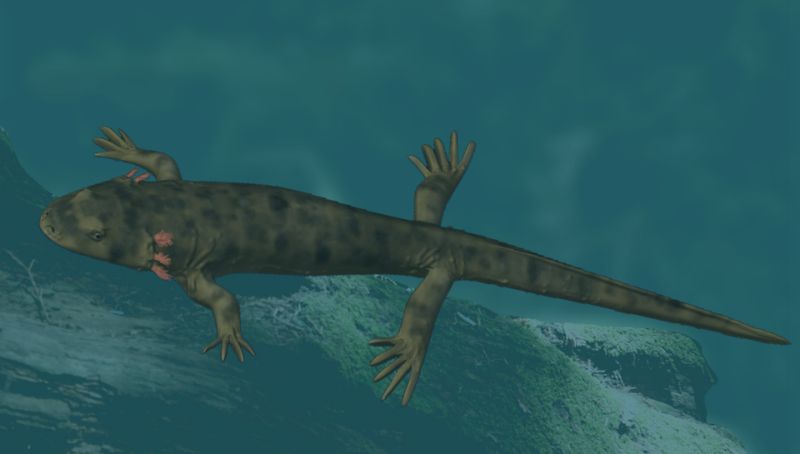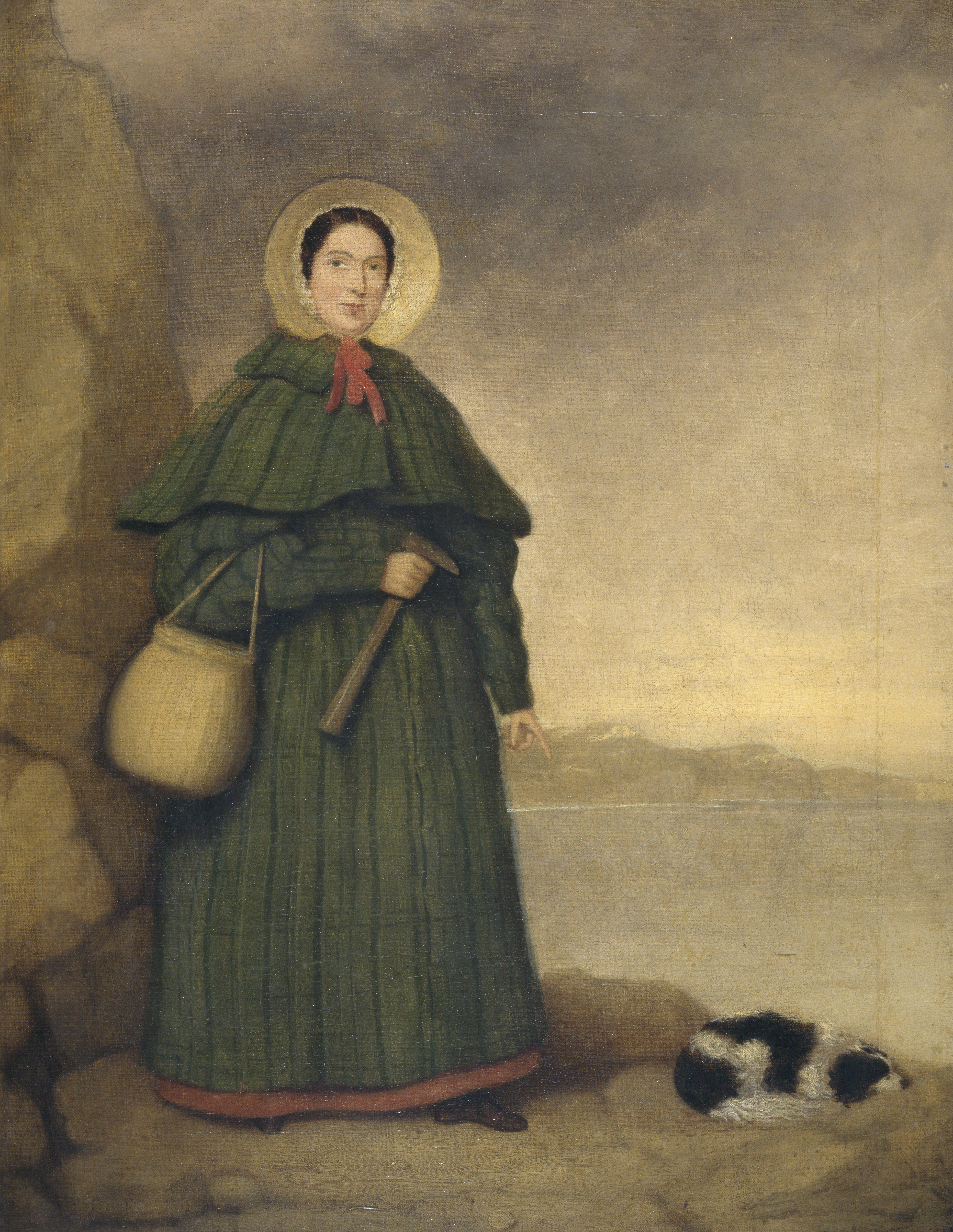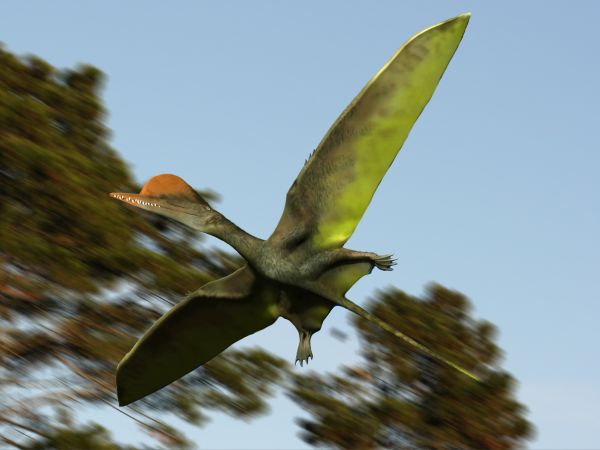|
Dendrorhynchoides
''Dendrorhynchoides'' was a genus of anurognathid pterosaur containing only the holotype species ''D. curvidentatus'' that is known from the Middle Jurassic Tiaojishan Formation of Qinglong, northern Hebei Province, China. The genus was first named '' Dendrorhynchus'' in 1998 by Ji Shu'an and Ji Qiang, but that name proved to be preoccupied by a parasitic protozoan named in 1920 by David Keilin. It was therefore renamed in 1999. The type species is ''Dendrorhynchoides curvidentatus''. The genus name is derived from Greek ''dendron'', "tree" and ''rhynkhos'', "snout" in reference to it being assumed a tree-dweller and presumed a close relative of ''Rhamphorhynchus''. The specific name means "curved-toothed" in Latin. A second species, ''D. mutoudengensis'', was described in 2012, and moved to a new genus ''Luopterus'' in 2020. Discovery and naming The genus is based on holotype GMV2128, a fossil originally discovered around 1995 and obtained by science from illegal fossil deale ... [...More Info...] [...Related Items...] OR: [Wikipedia] [Google] [Baidu] |
Luopterus
''Luopterus'' (meaning "Lü Junchang's wing") is an extinct genus of anurognathid pterosaur containing only the holotype species ''L. mutoudengensis'' that is known from the Middle Jurassic Tiaojishan Formation of Qinglong, northern Hebei Province, China. It was originally named as a species of ''Dendrorhynchoides'' in 2012 but it was moved to the genus ''Luopterus'' in 2020. ''Luopterus'' was originally thought to be from the Early Cretaceous, with a wingspan that is about , making it one of the smallest known pterosaurs. History In 2010 the discovery of the holotype, a juvenile, was announced, that proved that a more elongated tail was present after all, albeit not so long as the faked tail of the holotype of ''Dendrorhynchoides'' (the animal it was first assigned to): about 85% of femur length. This specimen eventually was designated as the holotype of a new species, ''Dendrorhynchoides mutoudengensis'', by Hone and Lü in 2012. The specimen was originally stored in the Guilin ... [...More Info...] [...Related Items...] OR: [Wikipedia] [Google] [Baidu] |
Jeholopterus
''Jeholopterus'' was a small anurognathid pterosaur from the Middle to Late Jurassic Daohugou Beds of the Tiaojishan Formation of Inner Mongolia, China, preserved with hair-like pycnofibres and skin remains. Naming The genus was named in 2002 by Wang Xiaolin, Zhou Zhonghe and Xu Xing. The type species, the only known, is ''Jeholopterus ninchengensis''. The genus name is derived from its place of discovery, Jehol in China, and a Latinized Greek ''pteron'', "wing". The specific name refers to Nincheng County. Description The type species is based on holotype IVPP V12705, a nearly complete specimen from the Daohugou beds of Ningcheng County in the Neimongol (Inner Mongolia) Autonomous Region of China.Wang, X., Zhou, Z., Zhang, F., and Xu, X. (2002). "A nearly completely articulated rhamphorhynchoid pterosaur with exceptionally well-preserved wing membranes and 'hairs' from Inner Mongolia, northeast China." ''Chinese Science Bulletin'' 47(3), 226 – 232. The specimen is cr ... [...More Info...] [...Related Items...] OR: [Wikipedia] [Google] [Baidu] |
Anurognathidae
Anurognathidae is a family (biology), family of small, short-tailed pterosaurs that lived in Europe, Asia, and possibly North America during the Jurassic and Cretaceous periods. Five genera are known: ''Anurognathus'', from the Late Jurassic of Germany; ''Jeholopterus'', from the Middle Jurassic, Middle to Late Jurassic of China; ''Dendrorhynchoides'', from the Middle Jurassic of China; ''Batrachognathus'', from the Late Jurassic of Kazakhstan; and ''Vesperopterylus'', from the Early Cretaceous of China. Bennett (2007) suggested that the holotype of ''Mesadactylus'', Brigham Young University Museum of Paleontology, BYU 2024, a synsacrum, belonged to an anurognathid, though this affinity has been questioned by other authors. ''Mesadactylus'' is from the Late Jurassic Morrison Formation of the United States. Indeterminate anurognathid remains have also been reported from the Middle Jurassic Bakhar Svita of Mongolia and the Early Cretaceous of North Korea. Classification A family A ... [...More Info...] [...Related Items...] OR: [Wikipedia] [Google] [Baidu] |
Anurognathid
Anurognathidae is a family of small, short-tailed pterosaurs that lived in Europe, Asia, and possibly North America during the Jurassic and Cretaceous periods. Five genera are known: ''Anurognathus'', from the Late Jurassic of Germany; ''Jeholopterus'', from the Middle to Late Jurassic of China; ''Dendrorhynchoides'', from the Middle Jurassic of China; ''Batrachognathus'', from the Late Jurassic of Kazakhstan; and ''Vesperopterylus'', from the Early Cretaceous of China. Bennett (2007) suggested that the holotype of ''Mesadactylus'', BYU 2024, a synsacrum, belonged to an anurognathid, though this affinity has been questioned by other authors. ''Mesadactylus'' is from the Late Jurassic Morrison Formation of the United States. Indeterminate anurognathid remains have also been reported from the Middle Jurassic Bakhar Svita of Mongolia and the Early Cretaceous of North Korea. Classification A family Anurognathidae was named in 1928 by Franz Nopcsa von Felső-Szilvás (as the subfa ... [...More Info...] [...Related Items...] OR: [Wikipedia] [Google] [Baidu] |
Tiaojishan Formation
The Tiaojishan Formation is a geological formation in Hebei and Liaoning, People's Republic of China, dating to the middle-late Jurassic period (Bathonian- Oxfordian stages). It is known for its exceptionally preserved fossils, including those of plants, insects and vertebrates. It is made up mainly of pyroclastic rock interspersed with basic volcanic and sedimentary rocks. Previously, the Tiaojishan Formation was grouped together with the underlying Haifanggou Formation (also known as the Jiulongshan Formation) as a single "Lanqi Formation." The Tiaojishan Formation forms a key part of the Yanliao Biota assemblage, alongside the Haifanggou Formation. Age Using Argon–argon dating, Wang and colleagues in 2005 dated part of the Tiaojishan Formation to about 160 million years ago, the beginning of the Oxfordian stage, the first stage of the Upper Jurassic epoch. In 2006, a study by Liu and colleagues used U-Pb zircon dating to conclude that the Tiaojishan Formation correlates wi ... [...More Info...] [...Related Items...] OR: [Wikipedia] [Google] [Baidu] |
Dendrorhynchus
''Dendrorhynchus'' is a gregarine genus with total 2 species. The genus was first described in 1920 by David Keilin from the alimentary canal of dolichopodid larvae '' Systenus''. Homonyms ''Dendrorhynchus'' is a senior homonym for genera of nemerteans (replaced with '' Polydendrorhynchus'') and pterosaurians (replaced with ''Dendrorhynchoides ''Dendrorhynchoides'' was a genus of anurognathid pterosaur containing only the holotype species ''D. curvidentatus'' that is known from the Middle Jurassic Tiaojishan Formation of Qinglong, northern Hebei Province, China. The genus was first na ...''). References Clopton, R. E. (2002). Phylum Apicomplexa Levine, 1970: Order Eugregarinorida Léger, 1900. Pages 205-288. in: Illustrated Guide to the Protozoa, 2nd edition, J. J. Lee, G. Leedale, D. Patterson, and P. C. Bradbury, eds. Society of Protozoologists, Lawrence, Kansas {{Taxonbar, from=Q16940990 Apicomplexa genera ... [...More Info...] [...Related Items...] OR: [Wikipedia] [Google] [Baidu] |
Middle Jurassic
The Middle Jurassic is the second epoch of the Jurassic Period. It lasted from about 174.1 to 163.5 million years ago. Fossils of land-dwelling animals, such as dinosaurs, from the Middle Jurassic are relatively rare, but geological formations containing land animal fossils include the Forest Marble Formation in England, the Kilmaluag Formation in Scotland,British Geological Survey. 2011Stratigraphic framework for the Middle Jurassic strata of Great Britain and the adjoining continental shelf: research report RR/11/06 British Geological Survey, Keyworth, Nottingham. the Daohugou Beds in China, the Itat Formation in Russia, and the Isalo III Formation of western Madagascar. Paleogeography During the Middle Jurassic Epoch, Pangaea began to separate into Laurasia and Gondwana, and the Atlantic Ocean formed. Eastern Laurasia was tectonically active as the Cimmerian plate continued to collide with Laurasia's southern coast, completely closing the Paleo-Tethys Ocean. A subduction zone ... [...More Info...] [...Related Items...] OR: [Wikipedia] [Google] [Baidu] |
Fossil Dealers
The fossil trade is the purchase and sale of fossils. This is many times done illegally with stolen fossils, and many important scientific specimens are lost each year. The trade is lucrative, and many celebrities collect fossils. The fossil trade has attracted criticism from many paleontologists, who regard the private ownership of fossils to be damaging to science. History The auction of the ''Tyrannosaurus'' skeleton known as Sue in 1997 for $8.3 million is considered to have caused an increased interest in the fossil trade. According to the head of science and natural history at Christie's, James Hyslop, the market in fossils has been growing consistently since 2007. Due to the increased awareness of the lucrative nature of fossils, many landowners have become more reluctant to work with scientists, preferring to instead offer prospecting rights to the highest bidder. The international trade in fossils for use in alternative medicine, commonly referred to as "dragon bone ... [...More Info...] [...Related Items...] OR: [Wikipedia] [Google] [Baidu] |
Yixian Formation
The Yixian Formation (; formerly transcribed as Yihsien Formation) is a geological formation in Jinzhou, Liaoning, People's Republic of China, that spans the late Barremian and early Aptian stages of the Early Cretaceous. It is known for its exquisitely preserved fossils, and is mainly composed of basalts interspersed with siliciclastic sediments. History Japanese occupation The potential importance of the Yixian Formation was initially recognized during the time the Empire of Japan occupied China's Rehe ("Jehol") Province after the First battle of Hopei in 1933. Many Japanese scientists had noticed fossil remains of extinct fish and reptiles, possibly the champsosaurs. These initial fossil discoveries made by Japanese scientists vanished once World War II ended in 1945. Chinese rediscovery By 1949, when administration of the area passed to the Chinese Communist Party and its leader Mao Zedong, the fossils of Yixian were studied only by Chinese scientists. It was not unt ... [...More Info...] [...Related Items...] OR: [Wikipedia] [Google] [Baidu] |
Dromaeosaurid
Dromaeosauridae () is a family of feathered theropod dinosaurs. They were generally small to medium-sized feathered carnivores that flourished in the Cretaceous Period. The name Dromaeosauridae means 'running lizards', from Greek ('), meaning 'runner', and ('), meaning 'lizard'. In informal usage, they are often called raptors (after ''Velociraptor''), a term popularized by the film '' Jurassic Park''; a few types include the term "raptor" directly in their name and have come to emphasize their bird-like appearance and speculated bird-like behavior. Dromaeosaurid fossils have been found across the globe in North America, Europe, Africa, Asia, South America and Antarctica, with some fossils giving credence to the possibility that they inhabited Australia as well. They first appeared in the mid-Jurassic Period (late Bathonian stage, about 167 million years ago) and survived until the end of the Cretaceous (Maastrichtian stage, 66 ma), existing until the Cretaceous–Paleogene ex ... [...More Info...] [...Related Items...] OR: [Wikipedia] [Google] [Baidu] |
Lü Junchang
Lü Junchang (; 1965 – 9 October 2018) was a Chinese palaeontologist and professor at the Institute of Geology, Chinese Academy of Geological Sciences. An expert on Mesozoic reptiles, he described and named dozens of dinosaur and pterosaur taxa including ''Tongtianlong'', ''Qianzhousaurus'', ''Heyuannia'', '' Gannansaurus'', ''Yunnanosaurus youngi'', and ''Darwinopterus.'' Biography Lü was born in 1965. He graduated from Lanzhou University in 1989 with a bachelor's degree in geology. He studied at the Institute of Vertebrate Paleontology and Paleoanthropology (IVPP) of the Chinese Academy of Sciences from 1997 to 2000 and earned his master's degree. He subsequently went to the United States to study at the Department of Earth Sciences at the Southern Methodist University, earning his Ph.D. in 2004. Lü began working for the Chinese Academy of Geological Sciences in July 2004, initially as a postdoctoral researcher, then as associate professor and eventually as professor and ... [...More Info...] [...Related Items...] OR: [Wikipedia] [Google] [Baidu] |
Tibia
The tibia (; ), also known as the shinbone or shankbone, is the larger, stronger, and anterior (frontal) of the two bones in the leg below the knee in vertebrates (the other being the fibula, behind and to the outside of the tibia); it connects the knee with the ankle. The tibia is found on the medial side of the leg next to the fibula and closer to the median plane. The tibia is connected to the fibula by the interosseous membrane of leg, forming a type of fibrous joint called a syndesmosis with very little movement. The tibia is named for the flute ''tibia''. It is the second largest bone in the human body, after the femur. The leg bones are the strongest long bones as they support the rest of the body. Structure In human anatomy, the tibia is the second largest bone next to the femur. As in other vertebrates the tibia is one of two bones in the lower leg, the other being the fibula, and is a component of the knee and ankle joints. The ossification or formation of the bone ... [...More Info...] [...Related Items...] OR: [Wikipedia] [Google] [Baidu] |







